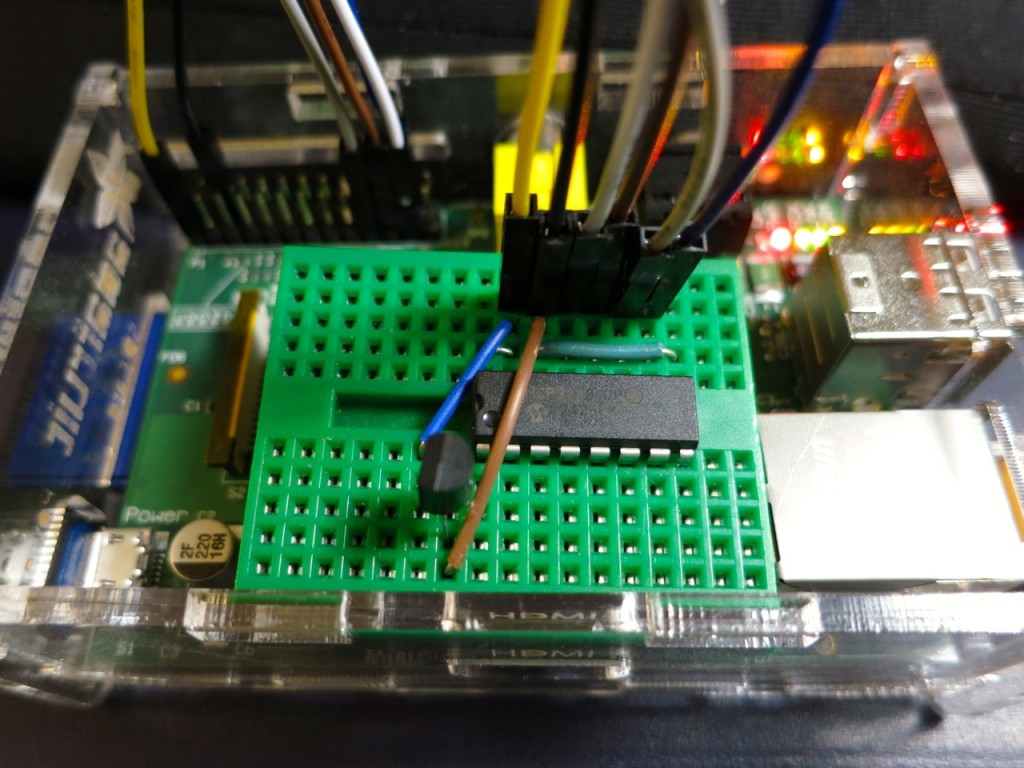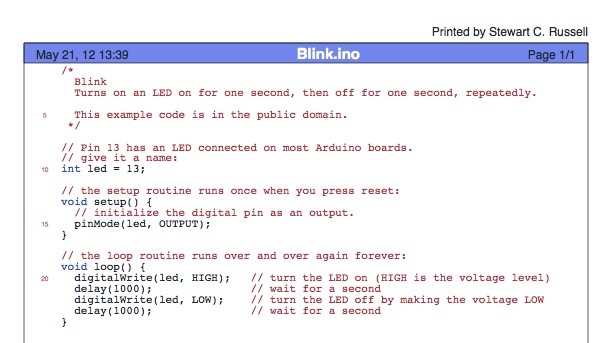Yep, springtime’s coming, and today’s the first day I know it, despite the -5.8°C outside. I know spring is coming because my sunrise-adjusted lights came on before my alarm today. I’m controlling them with a Raspberry Pi, cron, and X10.
I’d described how to build and use heyu previously, so I won’t go into it further. I use sunwait to control the timing relative to local sunrise and sunset. Sunwait is a simple C program which builds quickly, and you can put the executable somewhere in your path.
(NB: newer versions of sunwait use a completely incompatible command line format. Everything here refers to the 2004 version I linked to above, which does exactly what I need in the way it’s described here.)
You need to know your latitude and longitude to use sunwait. To check its setting for the day, you can call it with the -p option:
$ sunwait -p 43.729N 79.292W Using location:            43.729000N, 79.292000W Date:                       6 Feb 2013 Local time:                 7:44 Day length:                10:13 hours With civil twilight        11:10 hours With nautical twilight     12:18 hours With astronomical twilight 13:25 hours Length of twilight: civil  0:28 hours                  nautical  1:02 hours              astronomical  1:35 hours Current specified time zone: EST (-5 from UTC) Sun transits meridian 1231 EST                   Sun rises 0726 EST, sets 1736 EST       Civil twilight starts 0656 EST, ends 1806 EST    Nautical twilight starts 0622 EST, ends 1840 EST Astronomical twilight starts 0548 EST, ends 1913 EST
So for me, today’s sunrise is at 0726, and sunset is at 1736. All sunwait does is wait until a specific solar time is reached, and then exit. Whatever command you call after sunwait, therefore, is what gets run at the right time. So if I wanted X10 device H1 to come on an hour before sunrise, I’d run:
sunwait sun up -1:00:00 43.729N 79.292W; heyu on h1
Remembering to run this every day before sunrise would be a pain, so this is where cron helps. cron uses a slightly odd config file that is edited using the crontab -e command. Here’s the relevant bit of my crontab, showing the light control times:
# m h dom mon dow  command  01 00  *  *  *  /usr/local/bin/sunwait sun up -1:00:00 43.729N 79.292W; /usr/local/bin/heyu on h1  02 00  *  *  *  /usr/local/bin/sunwait sun up +1:00:00 43.729N 79.292W; /usr/local/bin/heyu off h1  03 00  *  *  *  /usr/local/bin/sunwait sun down -1:00:00 43.729N 79.292W; /usr/local/bin/heyu on h1  45 22  *  *  *  /usr/local/bin/heyu off h1
(you can view your crontab with crontab -l)
The columns in crontab are:
- minute
- hour
- day of month
- month
- day of week
- command
So the four crontab lines mean:
- Every day at 00:01, wait until an hour before sunrise and turn light H1 on
- Every day at 00:02, wait until an hour after sunrise and turn light H1 off
- Every day at 00:03, wait until an hour before sunset and turn light H1 on
- At 22:45, turn light H1 off.
So for quite a bit of the day, there are a couple of sunwait tasks just quietly waiting until sunrise or sunset to do their thing. cron, incidentally, is picky about executable paths; that’s why I specified full paths to both sunwait and heyu.
What I’d really like to do is have time on this machine update without a network connection, because it’s running from a particularly messy router set up in a spare bedroom. I should investigate a real-time clock, with GPS time updates from an I²C GPS, talking through a bluetooth console. In my copious free time, of course.








































